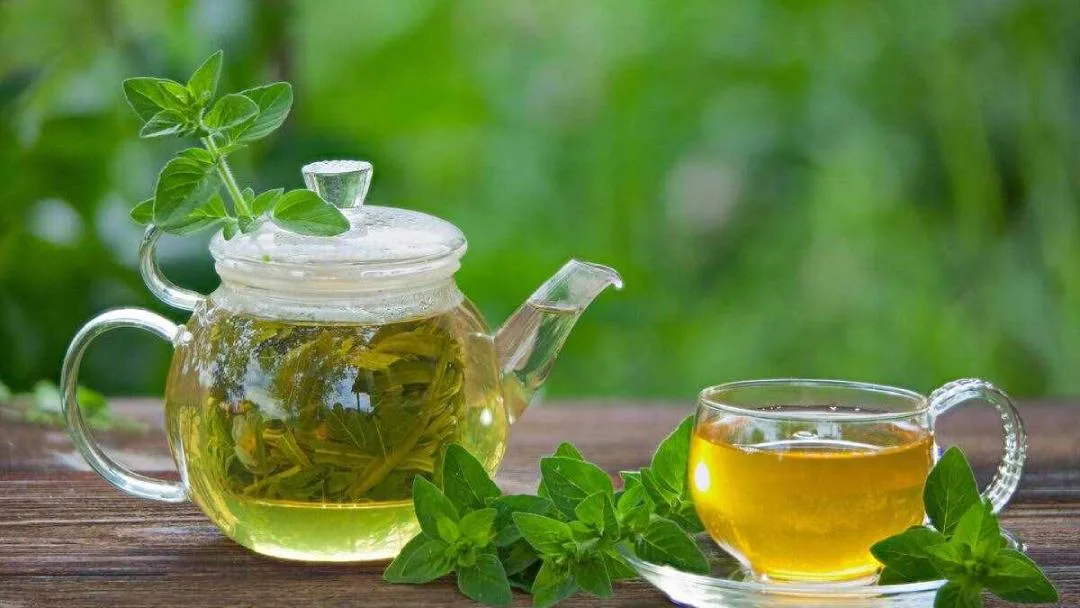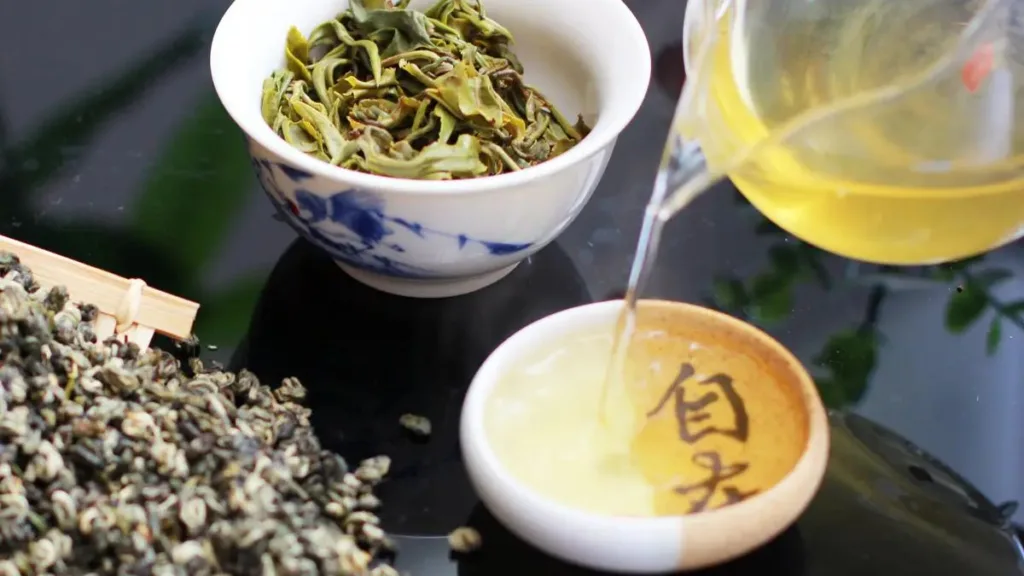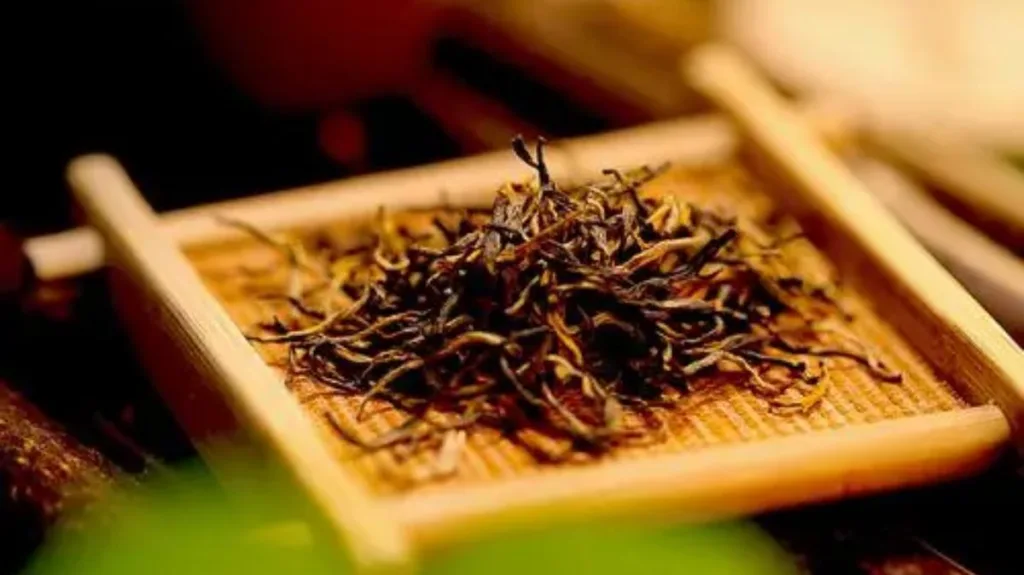The color of green tea when brewed can vary depending on several factors. Here are some key factors that influence why Chinese green tea might appear darker or have a different color than expected:
- Brewing Time: If green tea is brewed for an extended period, the resulting tea can turn dark. Normally, green tea should be steeped for no more than one minute to avoid the tea water becoming excessively dark or bitter. Overbrewing can lead to an intensified infusion color and a stronger, more astringent taste.
- Tea Leaf Quality: The quality and condition of the tea leaves can significantly impact the color of the brewed tea. If the tea leaves are of lower quality, have been exposed to moisture, or have gone stale, it can lead to off-color or off-flavored tea.
- Storage Conditions: Improper storage of green tea can also affect the color. When tea is not stored correctly, the chlorophyll in the tea leaves can become over-oxidized, resulting in a darker tea infusion. The proper way to store green tea is in a sealed, odor-free food-grade bag in the refrigerator.
Apart from these primary factors, there are additional reasons that can explain variations in the color of brewed green tea:
- Varietal Differences: Different varieties of tea plants contain varying chemical compositions and pigments. For instance, green tea typically contains fewer catechins (a type of polyphenol) compared to black tea. The catechins present in green tea create a lighter-colored infusion, while black tea, with its higher concentration of theaflavins and thearubigins (products of catechin oxidation), results in a dark, amber-hued infusion.
- Processing Methods: The processing methods used for tea can also influence the color of the brewed tea. For example, tea leaves that undergo a higher level of oxidation and fermentation, as seen in oolong or black teas, will have a darker color. On the other hand, green tea is minimally oxidized, which helps retain its characteristic green color.
- Leaf Handling: Techniques such as pan-firing (used in Chinese green tea production) and rolling can influence the chemical reactions within the tea leaves. Lighter oxidation and minimal leaf damage tend to yield a brighter green infusion, while heavy rolling or oxidation can lead to a darker hue.
The color of the water used to brew tea can also impact the resulting infusion. Using pure, clean water will typically yield a better-tasting tea, with clear and translucent tea liquor. In contrast, using tap water with impurities or chlorine can make the tea appear cloudy and affect its flavor.
In summary, variations in the color of Chinese green tea are the result of multiple factors. The brewing time, tea quality, storage conditions, varietal differences, processing methods, and even the water used can all contribute to the final color of the brewed tea. Brewing green tea correctly, using high-quality tea leaves, and storing them appropriately are key factors in enjoying a visually appealing and flavorful cup of green tea.



